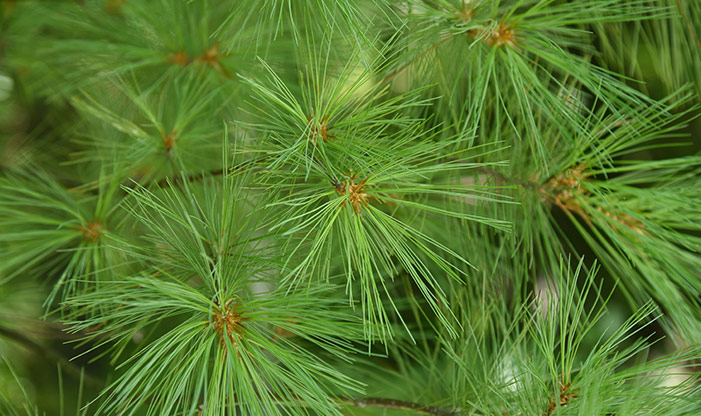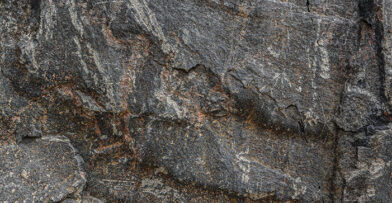Fall is a great time to start paying attention to conifer trees and learn how to identify them. Most of them retain their green leaves, while those of deciduous trees begin to change color and drop. Many of us are taught to call all conifer trees pine trees. However, here in Wisconsin, we have a number of different conifer species that may look similar to a pine tree, but are in fact different species altogether.
Conifers include pine, spruce, fir, cedars, larch (also known as tamarack), and many more. A conifer is a cone-bearing tree which almost always has modified leaves known as needles, and is typically evergreen. All true conifers have needles, but they’re a bit different in nature.
Identifying Trees by Their Needles
Pine trees are the conifer most people are confident in identifying. Pine trees have needles that grow in bundles all stemming from a single point called a “fascicle.” The number of pine needles growing from a fascicle can often determine the species of pine. A White Pine will have five needles in a bundle, while a Scotch Pine has two needles in a bundle.
This needle growth is distinctly different from other conifer species like spruce and fir who have needles that grow individually out of the stem. A spruce needle is sharper and can be rolled between your fingers, while a fir needle is softer and too flat to be rolled.
A Variety of Cedars
Cedar trees’ leaves are needle-like, but they are soft, like those of ferns. They are cone-bearing and evergreen. The Northern White Cedar bears cones and is a true conifer. Some trees identified as cedar in the US are not actually cedar, though. While the Eastern Red Cedar is called a cedar, it bears fruit and is actually a juniper.
Some conifers like pine trees keep their needles and color year-round; we call these evergreen trees. These trees are able to keep photosynthesizing throughout the winter with the help of their modified leaf, which has a waxy-like coating known as a “cuticle.” Some evergreens are distinctive for not even being green, like Colorado Blue Spruce (Picea Pungens), which is blue!
Coniferous and Deciduous
There is a notable exception to trees being only coniferous or deciduous. The American Larch (tamarack) is technically a deciduous-conifer, which means it bears cones, but when fall arrives, the tree’s needles turn yellow and drop just like the leaves on a deciduous tree.
The next time you think you see a pine tree, take a closer look; you might be surprised at what you discover. There are many exceptions to the identification rules among conifers. However, with practice, you will be able to distinguish your trees with confidence.


